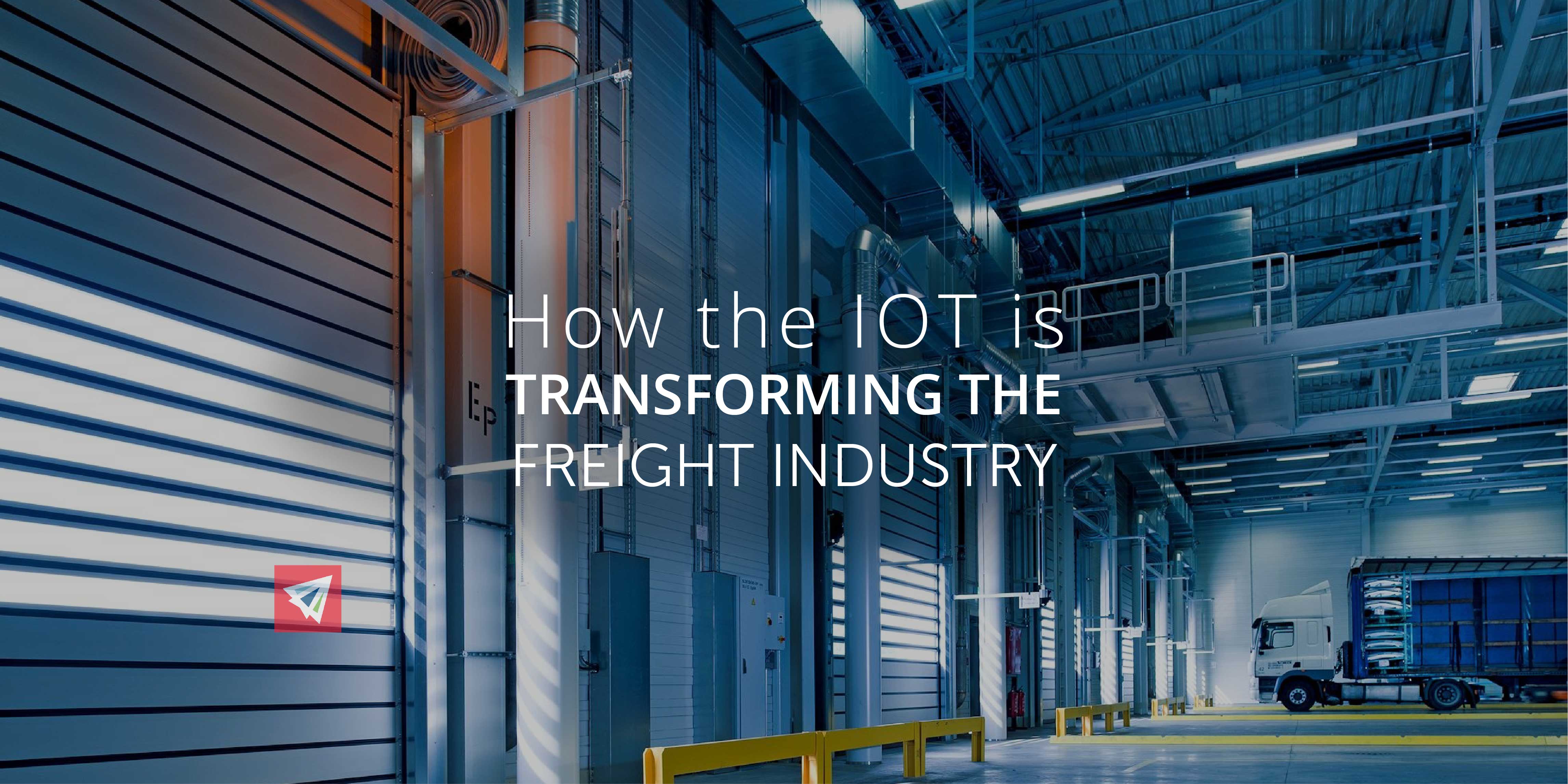One of the most exciting areas of freight technology and development today is in the Internet of Things (IoT), because through this technology, predictable nodes of information are changing. No longer does the internet simply reside in laptops and cellphones, it is now working in dashboards, engines, tanks, and yes, even freight itself – all gathering and communicating valuable information.
In line with this tremendous potential, the Digital Journal reports that the IoT in fleet management is expected to be valued at $16.86 billion in 2025, up from just $942.6 million in 2015. Indeed, changes are in store for transportation as we know it today, and for very good reason.
Monitoring and Visibility
By connecting freight and truck parts to drivers, and in turn, the drivers themselves to fleet management, the IoT serves as a centralized network that records data in real-time. ReadWrite explains that connected freight can give logistics companies an unprecedented ability to monitor shipments at every moment of the process. On top of location, sensors can report rich data on freight temperature, shock, tilt, humidity, pressure, and even intrusion.
With this information, alerts can be configured to notify drivers and the management if any of the aforementioned factors are compromised. The data can then be uploaded to the cloud for compliance and audit needs.
This way, the IoT can prevent loss due to spoilage or theft, as well as provide valuable data for customers to see where their packages are at all times. The data gathered can be used for predictive and reactive analysis as well.
Promoting Road Safety and Efficiency
In addition to freight monitoring, the trucking industry also stands to gain immensely from IoT and its applications in safety and efficiency. Sensors mounted throughout trucks can monitor everything from tire pressure to fuel efficiency, helping spot problems like breaking too late, idling unnecessarily, or taking less optimal routes. Verizon Connect details that fleet management teams can use this information to cut unnecessary costs by working smarter, not harder. Valuable trip data that have been hitherto impossible to record or work with could help save fleet expenses like miles, fuel, and labor, among others, to boost bottom line.
One major part of the role GPS and IoT-enabled devices can play in promoting road safety and efficiency is in compliance with the Federal Motor Carrier Safety Administration’s recently implemented Electronic Logging Device (ELD) mandate. Interlog USA previously reported that the FMCSA intends to make managements store electronic data books and keep drivers within their maximum working hours. In this way, the regulation aims to use ELD technology to keep truckers, along with other vehicles sharing the road, safe.
Remote Repair and Updates
Last but not least, IoT technology may ease repairs for fleets through remote updates and real-time data. Logistics Management Magazine shares that this technology can lessen the need to bring trucks to manufacturers for software updates and may serve as a form of predictive maintenance to prevent costly breakdowns. These can potentially save freight delivery fleets millions of dollars in repair work and lost income.
Conclusion
The IoT and its myriad of potential uses offer a fascinating glimpse into the future and current transformation in freight transport. Companies can leverage the IoT’s connectivity and capability for predictive analytics to streamline processes and enhance their bottom line.
Here at Interlog USA, reliable, cost-effective, and secure freight solutions are developed and provided. Our team has much experience in the field and everyone is happy to lay out the right options for your company!

One thought on “How the IOT is Transforming the Freight Industry”